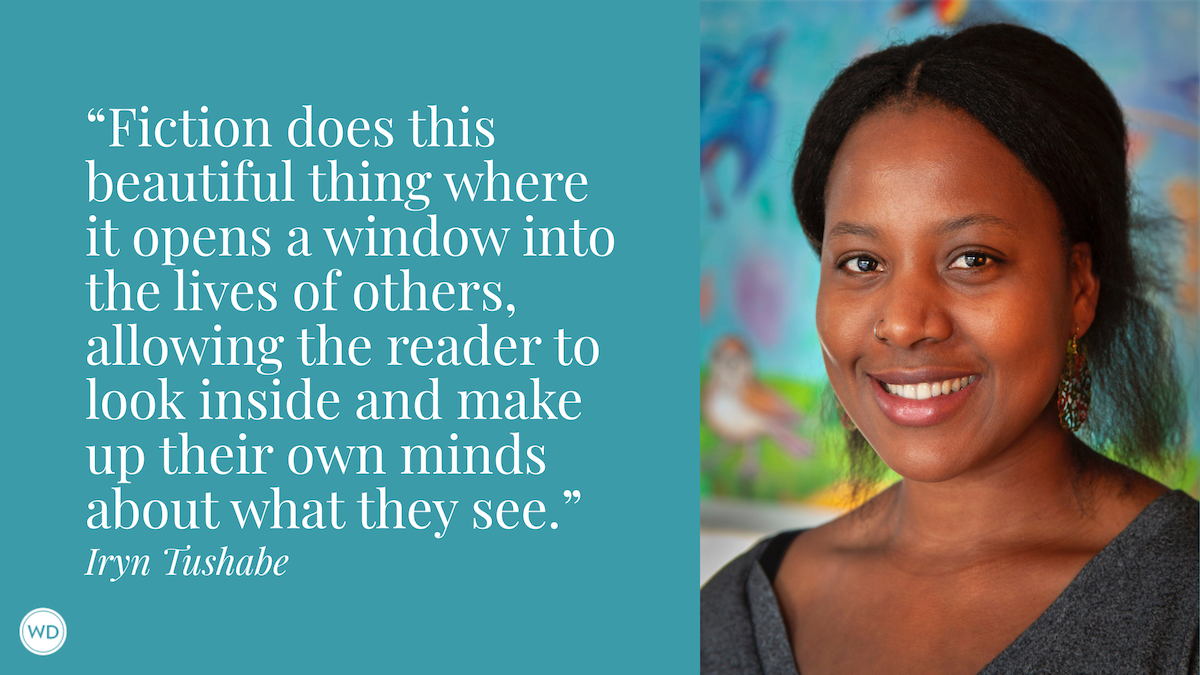How to Be Creative While Living With Imposter Syndrome
There are two truths of creativity: Creators have to create AND then deal with imposter syndrome when it comes to sharing their creations with others. Author A.T. Balsara shares her strategy for being creative while living with imposter syndrome.
Like many writers and artists, I suffer from a serious case of imposter syndrome. When you have a mental disorder (PTSD) as I do, however, the imposter syndrome becomes like the monster Argus from Greek mythology, daring me to try to write anything whilst its hundred eyes burn into me.
Occasionally I try to face a project head-on: After all, I’m a serious professional and an adult, for crying out loud! But as I stare at the blank screen with its infernal blinking cursor, or the terrifying white canvas, my bravado shrivels under the heat of the Argus glare.
That’s when I usually give up and have a nap.
Since napping all day isn’t great for mental health, I’ve had to figure out ways to go in the backdoor of creativity, quietly, tiptoeing, so as not to wake the giant.
My biggest trick is to create a soundtrack for a project, even if I’ve only got a rough idea of what it will be. As I jot notes and stuff them hurriedly in a project folder before Argus can see them, I start getting an idea for scenes, for the plot, for characters, and gather soundtracks that fit what I’m after.
Projects can be on the back burner to simmer, gathering notes and soundtracks, for years. My soon-to-be-released young adult novel, The Great & the Small, (2nd edition, Sept. 2024), simmered for 10 years before I began writing. When starting the first edition (published in 2017), I had no idea where to begin. It was, and is, a complex story of interweaving narratives between a colony of rats, authoritarianism, and a troubled human girl.
Argus was having a field day.
Part of what got me off the starting blocks was finding amazing soundtracks to keep me focused. Songs like "Indoctrination," by Delerium, with the haunting vocals of Kiran Ahluwalia. For a scene where a squad of rats race through duct work on their way to investigate a “Killing Chamber,” a cancer research lab, I played "Beauty in Your Eyes," by Deep Forest, so many times I expected my dogs to start singing it.
For the second edition, I was finally ready to add in my own dark edges and experiences with buried trauma, through the eyes of the teenaged human protagonist, Ananda. I really needed songs that got me into the space of being able to see through her eyes, as it was tapping into some very old stuff for me, and Argus was on high alert like a sharpshooter in a gun tower. The songs came: "Pilgrimage," by Conjure One and Rhys Fulber, "Spring Arrives," by Azam Ali, "Moksha," by Vas, "Squaric," by Martin Gauffin, with the overall theme song of the 2nd edition being "Concussion," by Nihoni.
You would think with the effort I have to put in to get around my monstrous inner critic, that I would give up and knit doilies. For one thing, I can’t knit. For another, the JOY I feel when the planets align, when Argus is finally sleeping, and I am FLYING, watching my characters live, breathe, and move, as my story takes shape under my hands…that JOY is addictive. That’s why I push through and do it anyway. Because when it works, it really works.
And I’m happy to report that as I keep working through my old inner stuff, Argus is becoming less watchful. A few of those hundred eyes have closed. I will keep writing, painting, and flying, until Argus snores.
Check out A.T. Balsara's The Great & the Small here:
(WD uses affiliate links)
A.T. Balsara is a young adult author and illustrator who lives in Ontario with her husband and three rescue dogs and also writes/illustrates for young children under Andrea Torrey Balsara. The second edition of A.T.’s young adult novel, The Great & the Small, will be released this September and deals with issues of buried childhood trauma and finding the way back to one’s true self.








